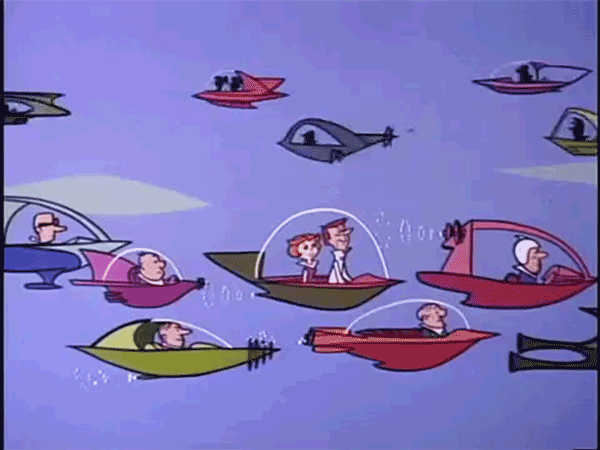Before and after passage of the
Tax Cuts and Jobs Act (TCJA), several prominent conservatives, including Republicans in the
House and
Senate, former Reagan economist
Art Laffer, and members of the
Trump administration, claimed that the act would either
increase revenues or at least pay for itself. In principle, a tax cut could “pay for itself” if it spurred substantial economic growth—if tax revenues rose from the combination of higher wages and hours worked, greater investment returns, and larger corporate profits. The TCJA, however, is not that tax cut.
- The actual amount of tax revenue collected in FY2018 was significantly lower than the CBO’s projection made in January 2017—before the tax cut was signed into law.
Given that the economy grew in 2018, and in the absence of another policy that could have caused a large revenue loss, the data imply that the 2017 tax cut substantially reduced revenues.
The 2017 tax cut reduced the top corporate tax rate from 35 percent to 21 percent—a 40 percent reduction. It also reduced income taxes for most Americans.
Did the TCJA spur enough growth to maintain federal revenue levels?
While some TCJA supporters observe that nominal revenues were higher in fiscal year 2018 (which began Oct. 1, 2017) than in FY2017, that comparison does not address the question of the TCJA’s effects. Nominal revenues rise because of inflation and economic growth. Adjusted for inflation, total revenues
fell from FY2017 to FY2018 (Figure 1). Adjusted for the size of the economy, they fell even more.
We reduced our income (the tax cut) but did not reduce our expenses (gov't spending) so we'll need to borrow more to cover the difference. You can put whatever spin you want on it but we increased our borrowing to cover the tax cut. Basic economics. Still confused?

